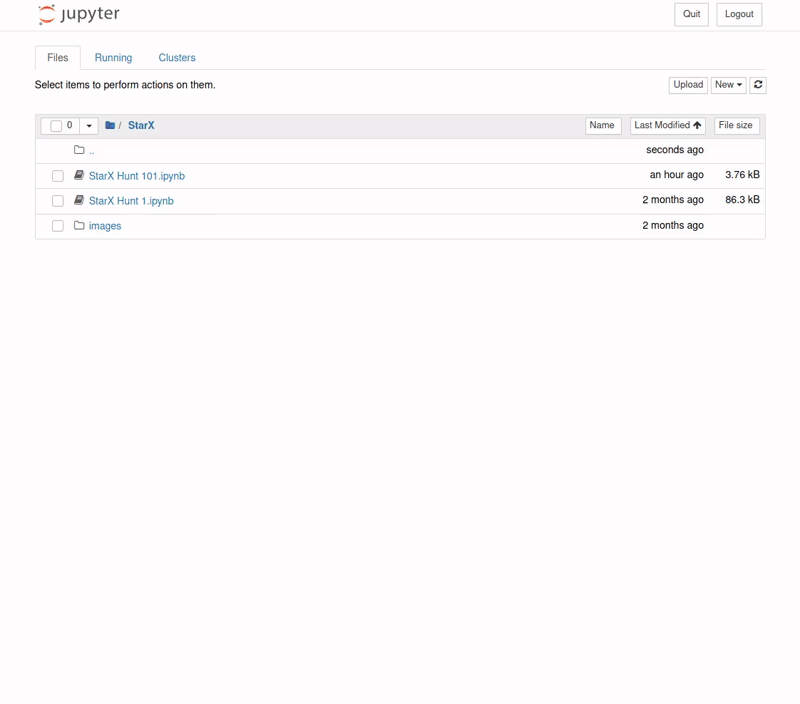Kestrel Threat Hunting Language

Kestrel threat hunting language provides an abstraction for threat hunters to focus on what to hunt instead of how to hunt. The abstraction makes it possible to codify resuable hunting knowledge in a composable and sharable manner. And Kestrel runtime figures out how to hunt for hunters to make cyber threat hunting less tedious and more efficient.
- Kestrel language: a threat hunting language for a human to express what to hunt.
- expressing the knowledge of what in patterns, analytics, and hunt flows.
- composing reusable hunting flows from individual hunting steps.
- reasoning with human-friendly entity-based data representation abstraction.
- thinking across heterogeneous data and threat intelligence sources.
- applying existing public and proprietary detection logic as analytics.
- reusing and sharing individual hunting steps and entire hunt books.
- Kestrel runtime: a machine interpreter that deals with how to hunt.
- compiling the what against specific hunting platform instructions.
- executing the compiled code locally and remotely.
- assembling raw logs and records into entities for entity-based reasoning.
- caching intermediate data and related records for fast response.
- prefetching related logs and records for link construction between entities.
- defining extensible interfaces for data sources and analytics execution.
Installation
Kestrel requires Python 3.x to run. Check Python installation guide if you do not have Python. It is preferred to install Kestrel runtime using pip, and it is preferred to install Kestrel runtime in a Python virtual environment.
-
Update Python installer.
$ pip install --upgrade pip setuptools wheel
-
Install Kestrel runtime.
$ pip install kestrel-lang
-
Install Kestrel Jupyter kernel if you use Jupyter Notebook to hunt.
$ pip install kestrel-jupyter
$ python -m kestrel_jupyter_kernel.setup -
(Optional) download Kestrel analytics examples for the
APPLYhunt steps.$ git clone https://github.com/opencybersecurityalliance/kestrel-analytics.git
Hello World Hunt
-
Copy the following 3-step hunt flow into your favorite text editor:
create four process entities in Kestrel and store them in the variable
proclistproclist = NEW process [ {"name": "cmd.exe", "pid": "123"}
, {"name": "explorer.exe", "pid": "99"}
, {"name": "firefox.exe", "pid": "201"}
, {"name": "chrome.exe", "pid": "205"}
]match a pattern of browser processes, and put the matched entities in variable
browsersbrowsers = GET process FROM proclist WHERE [process:name IN ('firefox.exe', 'chrome.exe')]
display the information (attributes name, pid) of the entities in variable
browsersDISP browsers ATTR name, pid
-
Save to a file
helloworld.hf. -
Execute the hunt flow in a terminal (in Python venv if virtual environment is used):
$ kestrel helloworld.hf
Now you captured browser processes in a Kestrel variable browsers from all processes created:
name pid
chrome.exe 205
firefox.exe 201
[SUMMARY] block executed in 1 seconds
VARIABLE TYPE #(ENTITIES) #(RECORDS) process*
proclist process 4 4 0
browsers process 2 2 0
*Number of related records cached.
Hunting In The Real World
- How to develop hunts interactively in Jupyter Notebook?
- How to connect to one and more real-world data sources?
- How to write and match a TTP pattern?
- How to find child processes of a process?
- How to find network traffic from a process?
- How to apply pre-built analytics?
- How to fork and merge hunt flows?
Find more at Kestrel documentation hub.











